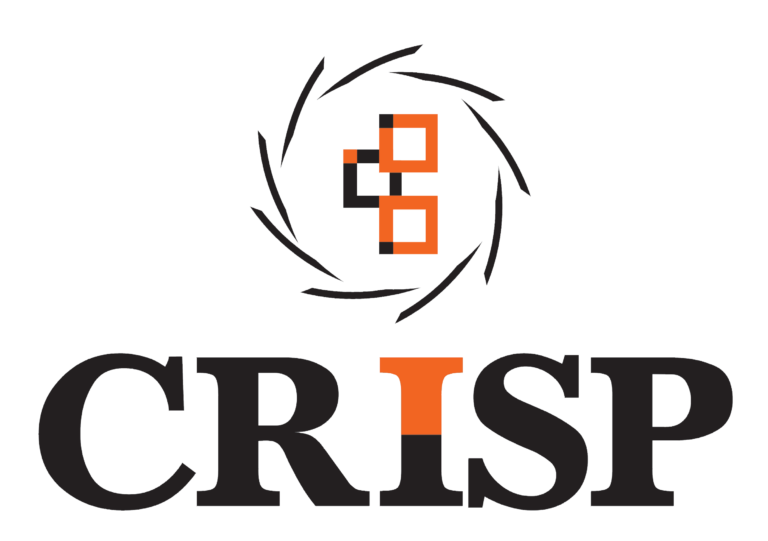
Extension activities are being pulled in many directions, and are being called on to respond more effectively to the needs of farmers to produce and to forge links with markets. In the USA, for example, State Cooperative Extension Services have a variety of purposes in urban areas and operate in cooperation with other government agencies. Thus extension services, while concentrating on production agriculture, especially via privatized and private extension-type service companies, are simultaneously broadening out to include new purposes and a new clientele. While extension’s role is straightforward in contract farming and other commercial ventures, such is not necessarily the case with public sector extension. Its structure, organization, and operating system may differ from country to country, even from region to region. Nonetheless, whether in the private or public sector, a major concern for an extension is to operate in the context of agricultural innovation systems (AIS) so that new knowledge is applied and used. A key objective in reforming extension, as argued in this paper, is to make it a better instrument, or engine, for the promotion of innovation, the dissemination of knowledge, and the facilitation of development.
